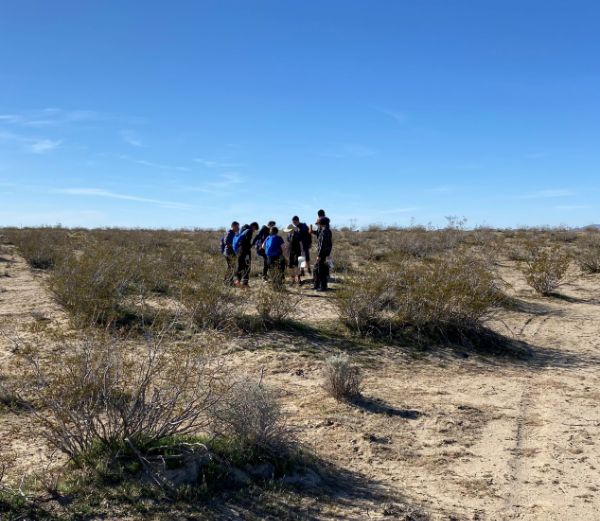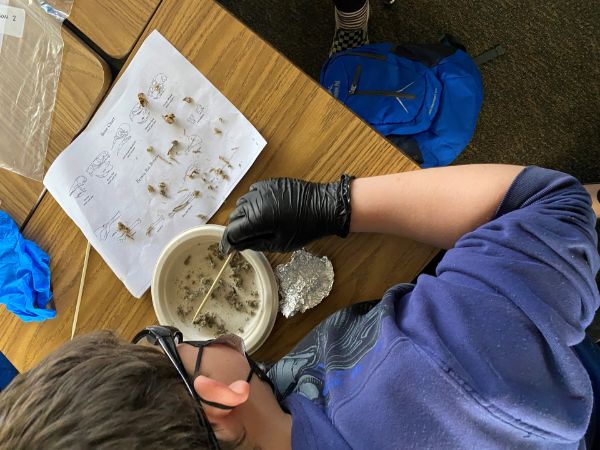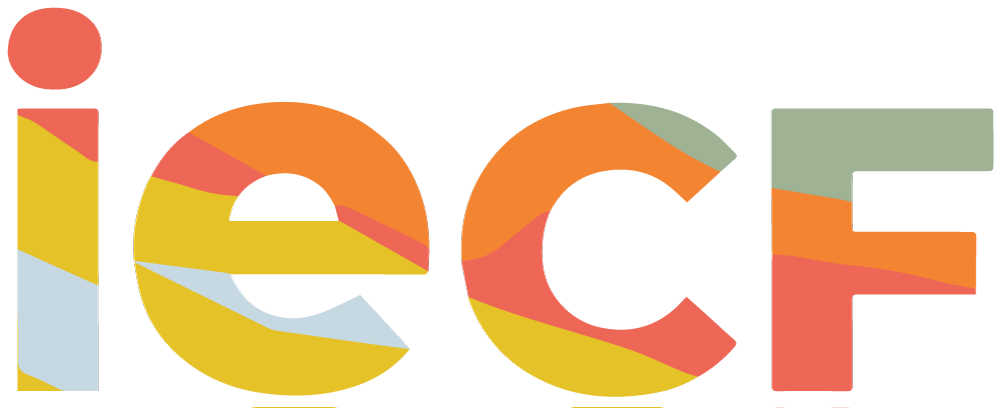
Students participate in the Desert Discovery Field Studies Program
Holding true to a vision to restore and protect biologically and culturally sensitive lands that span 24.5 million acres in the California Desert is a noble mission. Inspiring others to become just as excited about the cause and actually learn more about the desert is just as vital.
The Mojave Desert Land Trust (MDLT) succeeds on both fronts, thanks to its innovative educational outreach programs.
“We strive to take a lead in providing both conservation and resources for our local communities,” says MDLT Joint Executive Director Kelly Herbinson. “Our mission is to protect the Mojave Desert for cultural and natural resources, but conserving land doesn’t stop with just acquiring it. It’s important that we involve the community in what we do.”
For more than 16 years, the organization has conserved more than 100,000 acres of vital desert habitats—north of Death Valley National Park to the Mexican border—interconnecting everything from national monuments and wilderness areas to national parks and wildlife corridors. MDLT has also worked diligently with underserved populations in the area to provide access to natural resources and natural environments.
Outreach is important and MDLT is keen on how it’s developed that in local schools. The Desert Discovery Field Studies Program, for example, is designed specifically for schoolchildren and Herbinson says that MDLT “teaches students about the weather, then actually takes them out into the desert next to their schools, which allows them to participate in real citizen science.”
A recent grant from the Inland Empire Community Foundation (IECF) through the Amazon Environmental Literacy Fund will greatly assist on that front in the coming school year. Herbinson hopes it inspires younger generations to understand the area’s unique geography and how MDLT acquires and protects land for conservation.

Hands-on experience is a rewarding part of the program
“A big part of our organization is dedicated to educating the public and also providing access [to resources] for people who haven’t historically had it,” she notes. “You can imagine it’s a very exciting thing for students to go outside on a typical school day and be given fun, hands-on experiences to learn about our surroundings. The kids love it. The teachers love it. We make sure that these field studies programs all tie into content standards so that the teachers can use it as part of their curriculum in a meaningful way.”
When asked what individuals can do to become more involved, Herbinson immediately points out MDLT’s membership program. Through donations, individuals can receive additional educational resources. The organization’s social media presence has grown, too, keeping people up to date on everything it has its creative hands-on.
MDLT’s volunteer program is also unique, with more than 250 volunteers who assist with everything from cleaning up the local area to overseeing proper care of a conservation seed bank at its main headquarters. And community events, such as the Campfire Talk series, feature discussions on geology, water resources, and the area’s ecology.
Herbinson, a wildlife biologist by trade, has always appreciated the desert, noting that it’s often widely misunderstood, particularly the Mojave and Colorado desert regions.
“First of all, we have a pretty high level of biodiversity here, and the number of species that live in our area is actually higher than what you would see in a Vermont pine forest,” she says. “I think some people might be shocked about that. There’s very diverse flora, too—thousands of species of native plants, about a third of them, live nowhere else on the planet.”
The Joshua Tree immediately comes to mind, but this extends beyond plant life. Who doesn’t appreciate the lifespan of a desert tortoise—approximately 30-50 years?
The desert landscape plays an important role in climate resiliency, Herbinson adds. “It effectively sequesters carbon, just like our pine forests or other types of forests. And about 10 percent of our state’s carbon is stored in the desert. Which is a cool thing people may not realize.”
For more information about Mojave Desert Land Trust, visit mdlt.org.
This story originally appeared in the Desert Sun, July 2022.
Stay informed about the causes you care about, and the impact philanthropy is having on our region! Sign up for our monthly eNewsletter, Philanthropy Matters.


